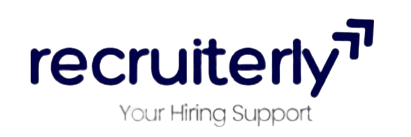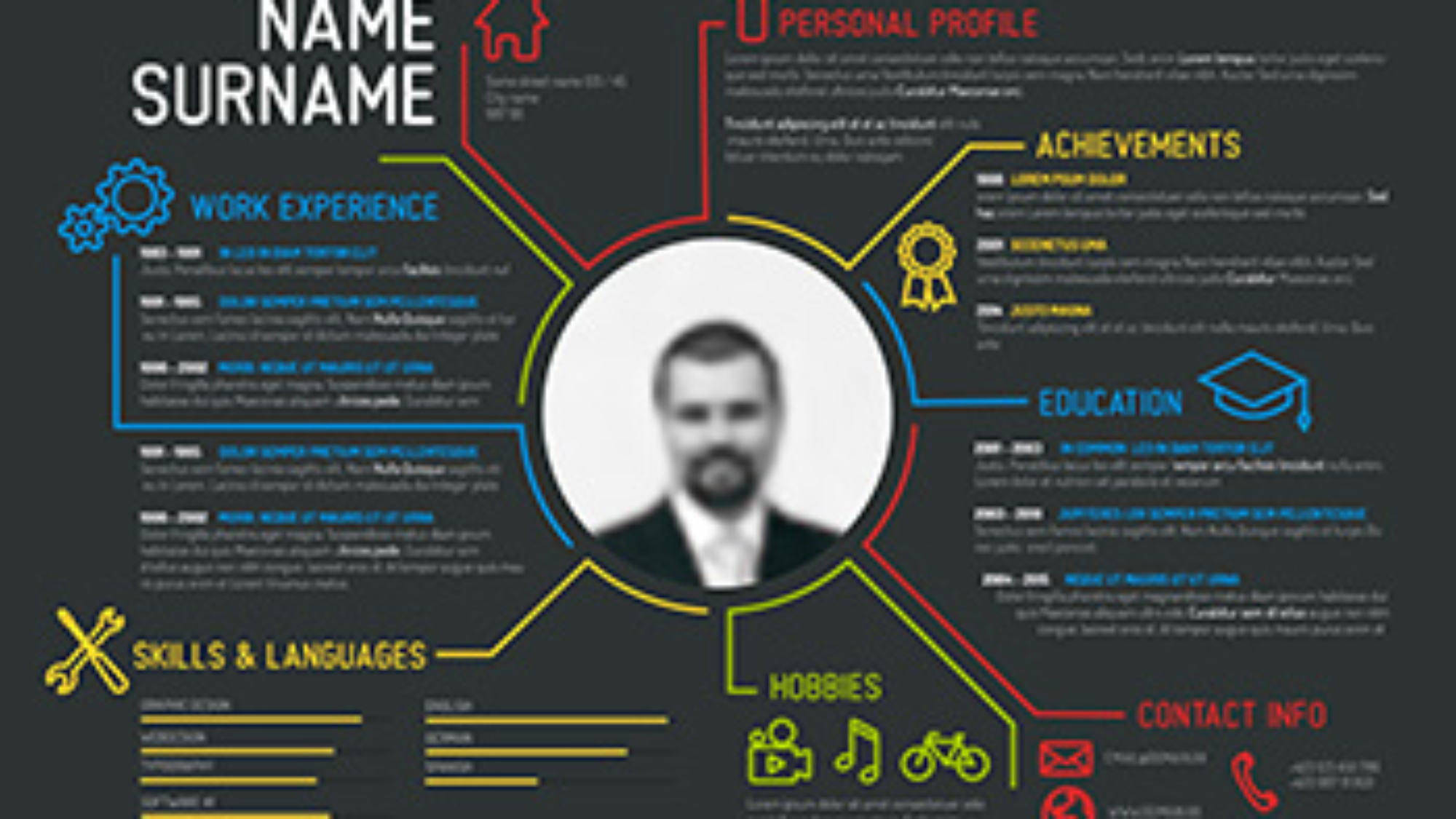A well-crafted resume can be the key to landing your dream job. With recruiters often spending just a few seconds scanning each resume, it’s essential to make yours stand out. Here’s how you can create a compelling resume that grabs attention and increases your chances of getting hired.
1. Start with a Strong Header
Your resume should begin with a clear and professional header. Include your full name, phone number, email address, and LinkedIn profile (if applicable). Make sure your email address is professional—avoid using casual or outdated email addresses.
2. Write a Powerful Summary Statement
Instead of a generic objective, use a summary statement that highlights your key skills, experience, and what you bring to the table. Keep it concise—2-3 sentences that give employers a quick snapshot of your qualifications.
Example: “Results-driven marketing professional with 5+ years of experience in digital campaigns and brand management. Adept at increasing engagement and driving sales through innovative strategies. Seeking to leverage expertise in content marketing to enhance brand presence at XYZ Company.”
3. Customize Your Resume for Each Job
A generic resume won’t impress employers. Tailor your resume to match the job description by incorporating relevant keywords and focusing on the skills and experience that align with the role. Hiring managers use applicant tracking systems (ATS) that scan resumes for specific keywords, so ensure yours includes industry-related terms.
4. Highlight Your Key Achievements
Rather than simply listing job duties, emphasize your accomplishments. Use quantifiable data to demonstrate your impact.
Examples:
- Increased social media engagement by 40% in six months.
- Led a team of five to launch a new product, generating $500,000 in revenue within the first quarter.
- Reduced customer complaints by 30% by implementing a new service protocol.
5. Use a Clean and Readable Format
Presentation matters. A cluttered or overly decorative resume can be distracting. Stick to a professional and simple layout with clear headings, bullet points, and plenty of white space.
- Use a standard font like Arial, Calibri, or Times New Roman (10-12 pt).
- Maintain consistent formatting for headings and sections.
- Keep your resume to one or two pages maximum.
6. Showcase Your Skills Effectively
Create a dedicated skills section that highlights both technical and soft skills relevant to the job. Categorize them if needed.
Example:
- Technical Skills: SEO, Google Analytics, Adobe Photoshop
- Soft Skills: Leadership, Communication, Problem-solving
7. Include Relevant Work Experience
List your work experience in reverse chronological order, starting with your most recent job. For each position, include:
- Job title
- Company name
- Employment dates
- Key responsibilities and achievements (use bullet points)
8. Add Education & Certifications
Include your educational background, along with any certifications that enhance your credibility in your field.
Example:
- Bachelor’s in Business Administration, XYZ University, 2018
- Certified Digital Marketing Specialist, Google, 2021
9. Incorporate Volunteer Work & Extracurricular Activities (If Relevant)
If you have relevant volunteer experience, include it. This can be particularly useful if you’re a recent graduate or making a career switch.
10. Proofread and Get Feedback
Errors in your resume can make a bad impression. Proofread it multiple times and ask a mentor or colleague to review it for feedback. You can also use tools like Grammarly for grammar and spell-checking.
Final Thoughts
Your resume is your first impression, so make it count. By tailoring it to each job, highlighting achievements, and using a clear, professional format, you increase your chances of standing out from the competition. Keep it updated and continue refining it as your career progresses. With these tips, you’ll be well on your way to securing your next big opportunity!


Add a Comment